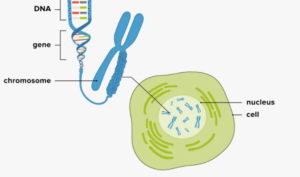A new artificial intelligence tool, scGPT, can identify cell types, predict the effects of disruptive genes, and determine exactly which genes interact with each other.
Scientists often study whole cell populations to learn the causes of disease. For example, researchers are using RNA bulk sequencing to discover protein targets associated with treatable cancers and potential blood-based biomarkers for early diagnosis of Alzheimer’s disease.
More recently, researchers have turned to single-cell RNA sequencing (scRNA-seq), which provides insight into how gene expression varies between individual cells. Typically, researchers analyze scRNA-seq data using artificial intelligence engines.
University of Toronto researchers have created a new artificial intelligence model called a single-cell generative pretrained transformer, or scGPT, that can be fine-tuned to perform different tasks using scRNA-seq data. These tasks include predicting the effects of manipulating specific genes and combining different batches of data to reveal otherwise undetectable cell types.
scGPT can be modified into different versions that perform different tasks. For example, the increasingly popular AI engine ChatGPT works the same way. While the chatbot generates the next words of the sentence, scGPT predicts gene expression levels in the cell.
Source: The Scientist

